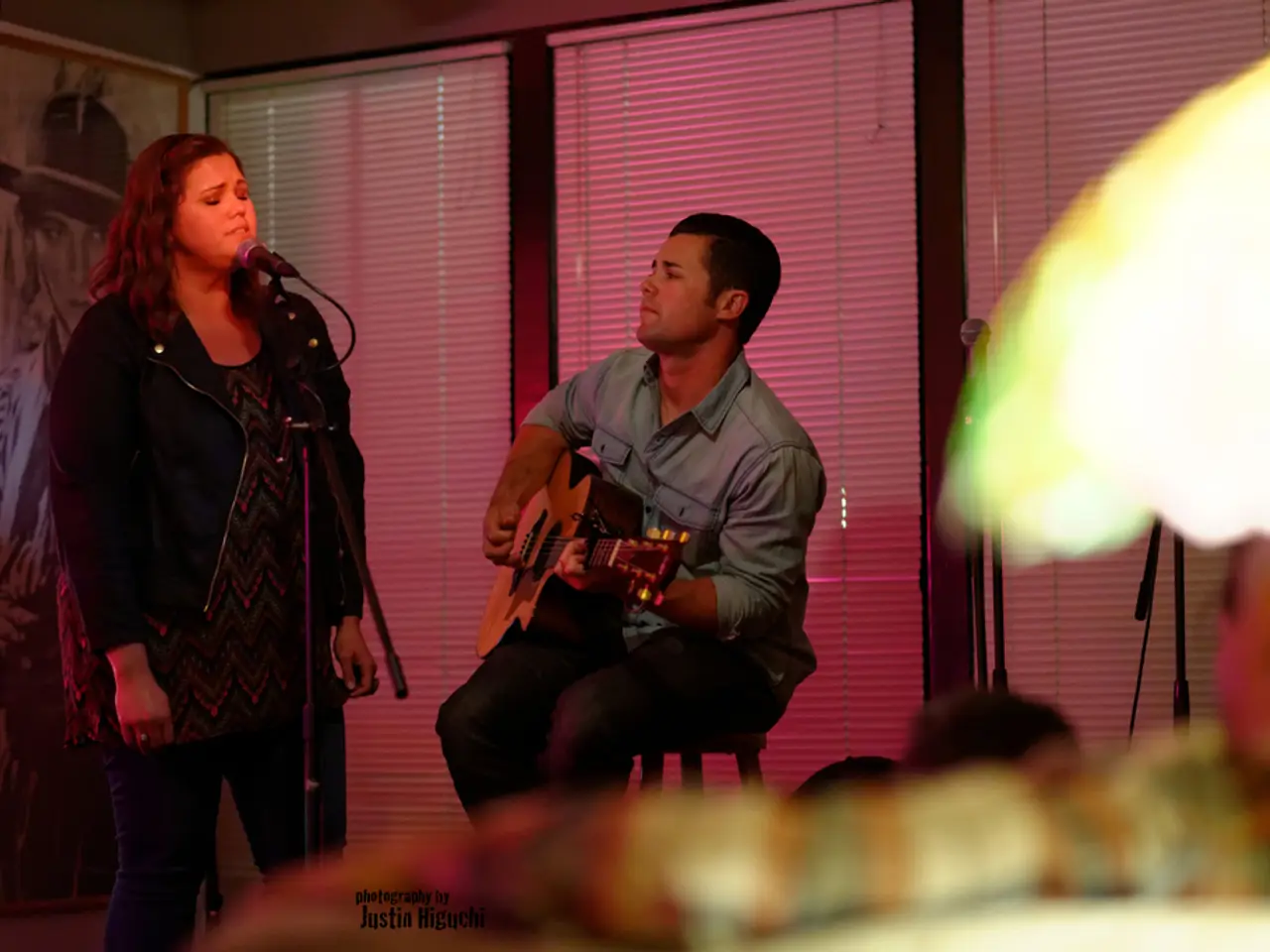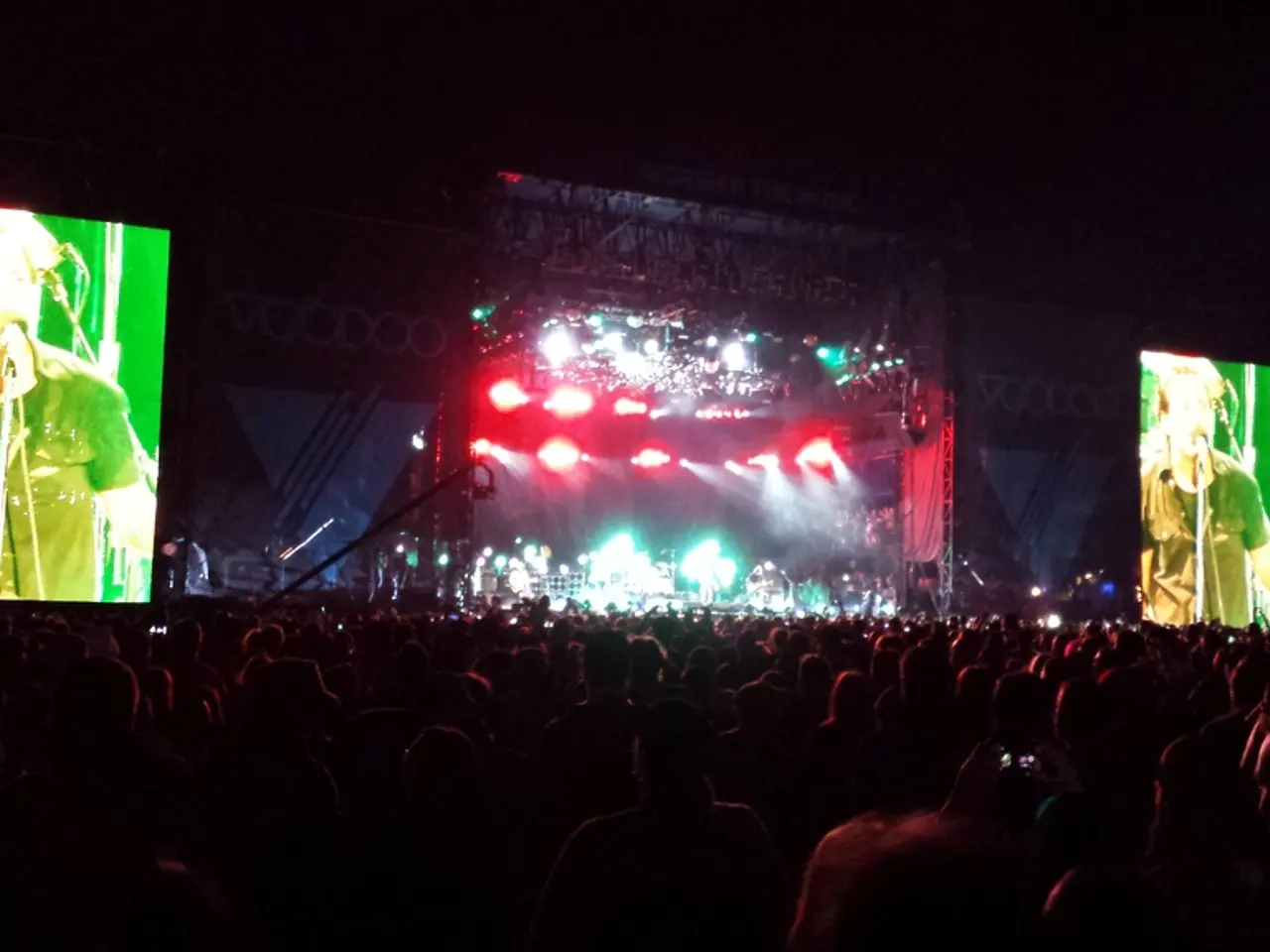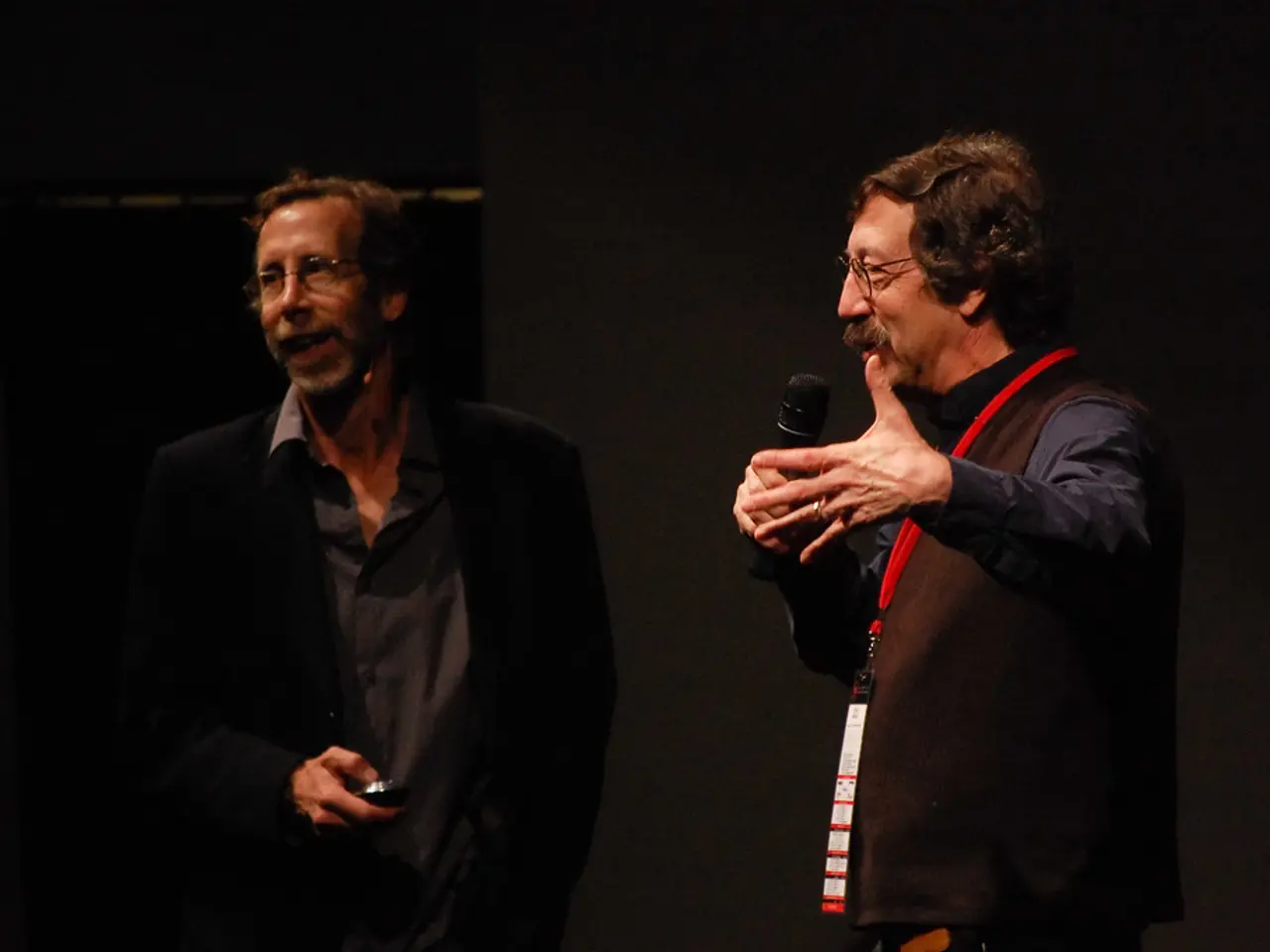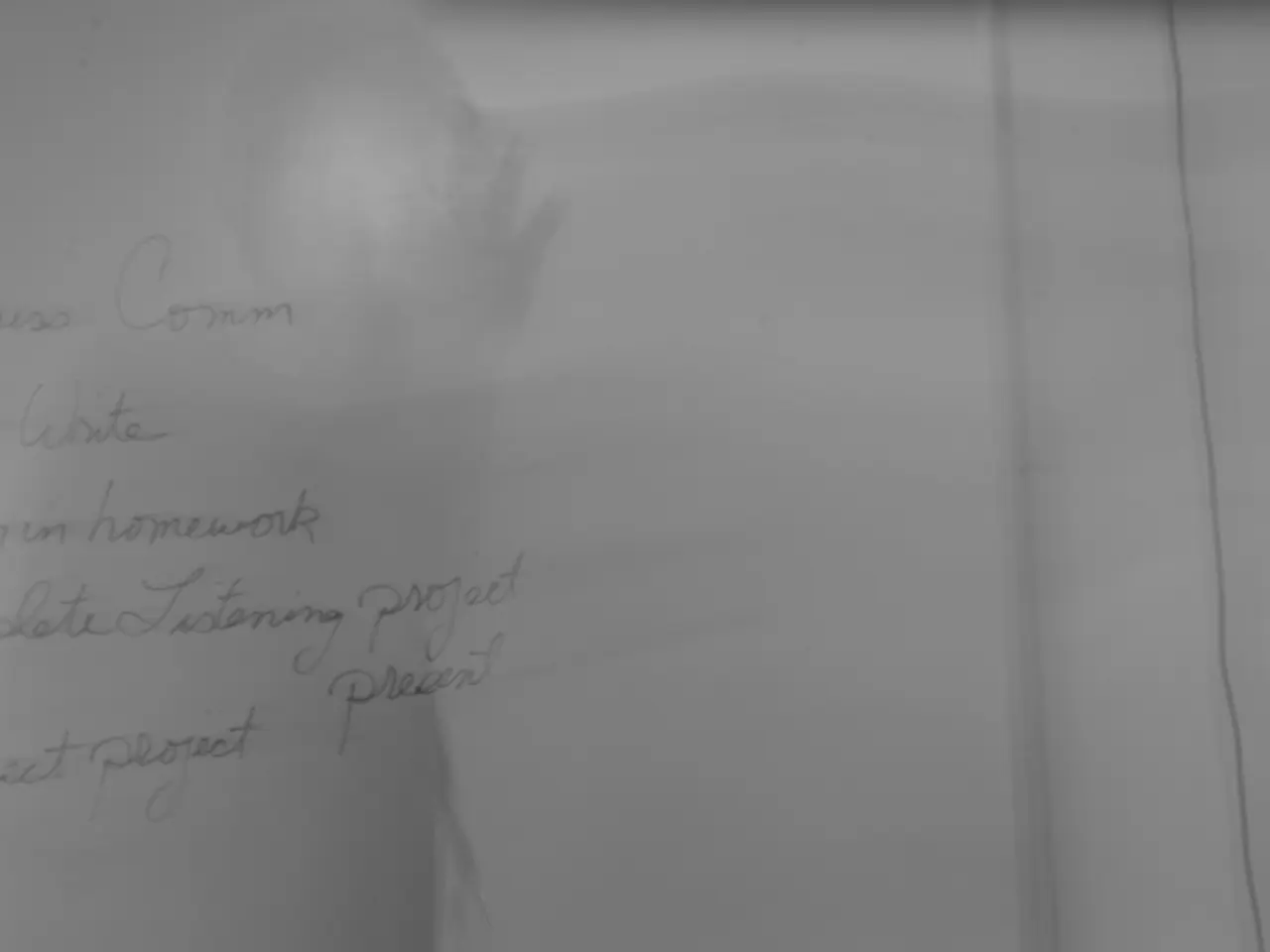Film Music's Transformation: Journeying from Symphony Soundtracks to Synthwave
In the golden age of film music, the mid-20th century, two distinct styles emerged that would forever change the way stories are told cinematically - orchestral scores and synthwave.
Orchestral scores have traditionally been the backbone of film music, providing grandeur, emotional nuance, and narrative propulsion with lush strings, brass fanfares, choirs, and dynamic percussion. They evoke timeless feelings of heroism, adventure, fantasy, and drama, building from quiet anticipation to epic climaxes that align closely with a film’s narrative arc. This style is especially prominent in historical dramas, fantasy films, and cinematic trailers aiming for a majestic or emotive tone.
In contrast, synthwave—which emerged more distinctly in the mid-2000s inspired by '80s film soundtracks—incorporates electronic synthesizers, pulsating rhythms, and retro-futuristic textures. It is characterized by energetic synth lines, rhythmic precision, and a nostalgic yet innovative feel. Synthwave often conveys mood, urgency, or futuristic settings, resonating with genres like sci-fi, neon-noir, or cyberpunk films.
The fusion of orchestral sensibility with electronic synthwave elements has redefined film scoring in recent years. This hybrid approach leverages the emotional range and complexity of orchestral music alongside the modern, atmospheric, and pulsating energy of synthwave. The result is music that supports cinematic storytelling by simultaneously evoking classic emotional resonance and contemporary technological or futuristic contexts.
One notable example of this fusion can be seen in Daft Punk's "TRON: Legacy" soundtrack. This seamless blend of orchestral and electronic elements creates a unique sonic tapestry that enhances visual storytelling.
Composers skillfully merge classical instruments with electronic sounds in modern film soundtracks, creating innovative scores that resonate with diverse audiences. Synthwave music evokes a sense of nostalgia for the 1980s, with pulsating beats and ethereal melodies. Retro visuals often accompany synthwave music, creating a multi-sensory trip back in time.
In summary, orchestral scores provide emotional and narrative foundation while synthwave introduces modernity and stylistic flair, both shaping how stories are told cinematically through soundtrack innovation. As technology continues to evolve and cultural landscapes shift, the fusion of these two styles promises an exciting future for film music.
- The fusion of traditional orchestral sensibility with modern synthwave elements in film soundtracks has revolutionized the way stories are told cinematically.
- The soundtrack for "TRON: Legacy," created by Daft Punk, is a prime example of the successful blend of orchestral and electronic elements in film music, enhancing visual storytelling.
- Composers blend classical instruments with electronic sounds in modern film soundtracks, creating innovative, resonating scores that cater to diverse audiences.
- Synthwave music, with its pulsating beats and ethereal melodies, evokes a sense of nostalgia for the 1980s, often accompanied by retro visuals to create a multi-sensory journey.
- Orchestral scores, with their grandeur and emotional nuance, continue to provide the foundation for many films, especially historical dramas, fantasy films, and cinematic trailers aiming for a majestic or emotive tone.
- Synthwave, marked by energetic synth lines, rhythmic precision, and a nostalgic yet innovative feel, adds modernity and stylistic flair to film music, contributing to genres like sci-fi, neon-noir, or cyberpunk films.







